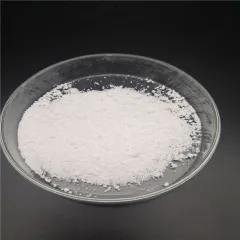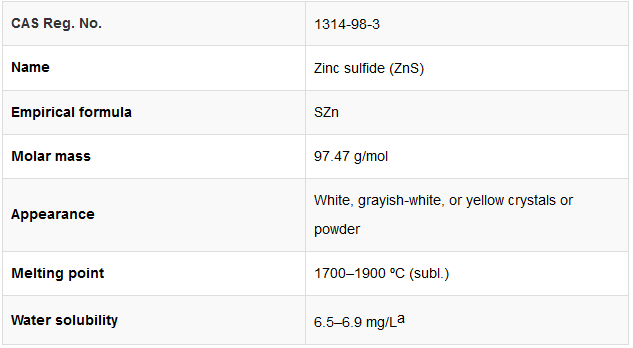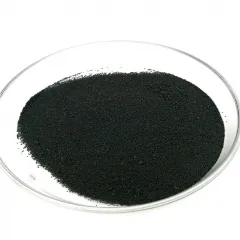Overview of GALLIUM TELLURIDE with fast delivery CAS 12024-14-5
Telluride and selenide compounds play a significant role in the field of semiconductors, particularly in the development of advanced electronic and optoelectronic devices. These materials belong to the chalcogenide family, characterized by their ability to form compounds with elements from groups IV-VI in the periodic table.
Tellurides: Compounds containing tellurium (Te) as the chalcogen. Examples include cadmium telluride (CdTe), mercury telluride (HgTe), and zinc telluride (ZnTe). These materials have found applications in solar cells, infrared detectors, and high-speed electronics due to their tunable bandgap, high electron mobility, and good thermal stability.
Selenides: Similar to tellurides, but with selenium (Se) replacing tellurium. Notable examples are cadmium selenide (CdSe), gallium selenide (GaSe), and zinc selenide (ZnSe). Selenide compounds are widely used in light-emitting diodes (LEDs), laser diodes, and solar cells due to their direct bandgap properties and efficient light absorption/emission capabilities.
Feature of GALLIUM TELLURIDE with fast delivery CAS 12024-14-5
Direct Bandgap: Many telluride and selenide semiconductors have direct bandgaps, which facilitate efficient light emission and absorption processes. This makes them suitable for optoelectronic applications such as LEDs and lasers.
Tunable Bandgap: The bandgap of these materials can be adjusted by alloying or altering the composition (e.g., CdSe to CdTe), enabling customization for specific device requirements across a wide spectrum of wavelengths.
High Electron Mobility: Materials like HgCdTe exhibit high electron mobility, which is crucial for high-speed electronic devices and low-noise detector applications.
Thermal Stability: Some tellurides and selenides, like ZnTe and ZnSe, demonstrate good thermal stability, making them suitable for high-temperature operation and processing.
Non-Toxic Alternatives: With increasing environmental concerns, there’s a push towards exploring less toxic alternatives to commonly used semiconductors. For instance, Cd-based tellurides and selenides are being replaced or combined with less toxic elements like Mg or Mn in some applications.
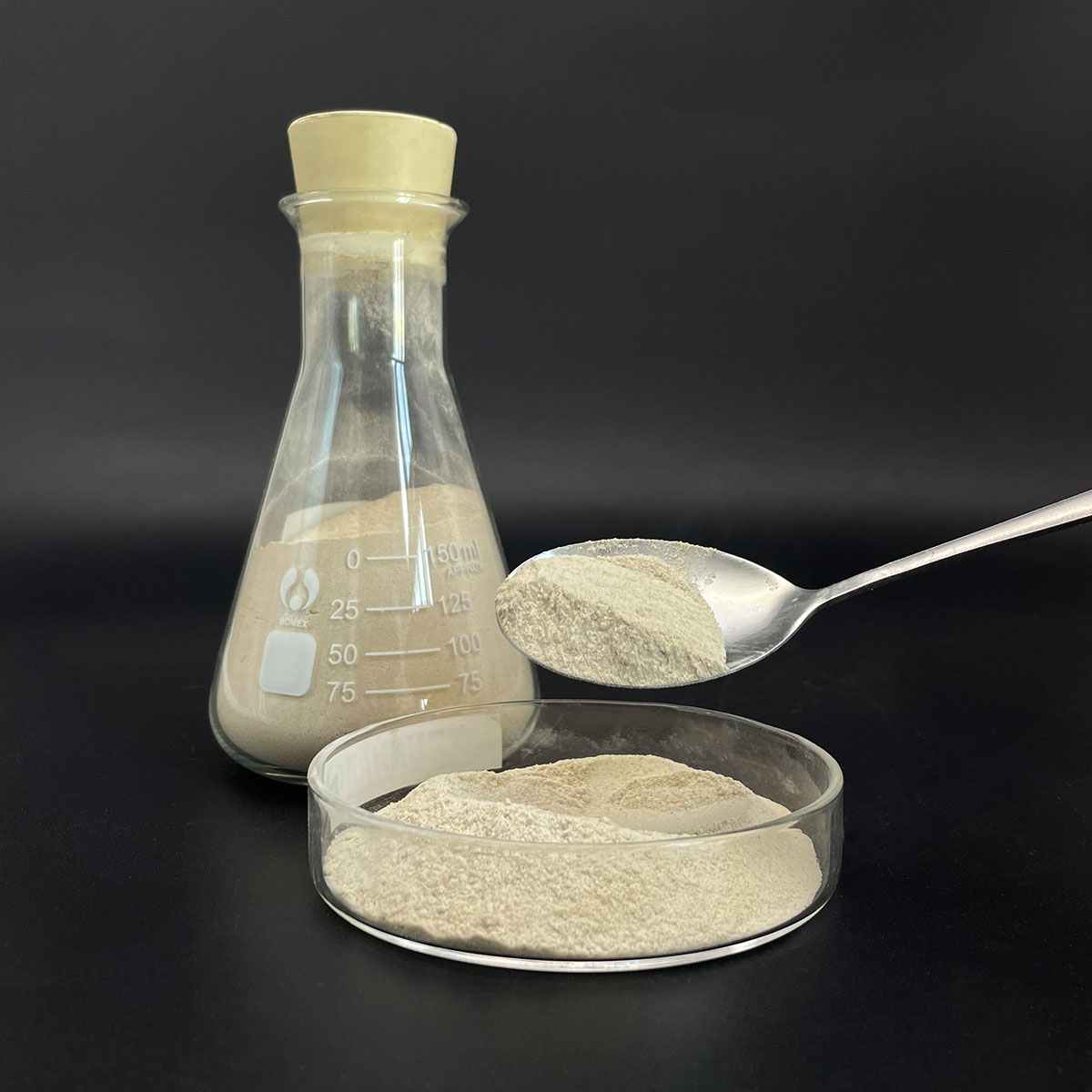
(GALLIUM TELLURIDE with fast delivery CAS 12024-14-5)
Parameters of GALLIUM TELLURIDE with fast delivery CAS 12024-14-5
Gallium Telluride (GaTe), with the chemical formula GaTe and the CAS number 12024-14-5, is an important compound in the field of semiconductor materials and optoelectronics. This fascinating material belongs to the group of binary compounds, which consist of just two elements: gallium (Ga) from Group 13 of the periodic table and tellurium (Te) from Group 16. Gallium Telluride is known for its unique properties that make it stand out among other materials.
Firstly, GaTe exhibits a high melting point, around 903°C, which is relatively high compared to other chalcogenides like selenium or sulfur. This high thermal stability allows it to withstand harsh operating conditions and maintain its integrity in various applications, such as solar cells and high-temperature electronics.
One of the most notable characteristics of Gallium Telluride is its direct bandgap, typically around 0.7 eV in the bulk form. This property makes it an ideal candidate for optoelectronic devices, as it can efficiently absorb and emit light within the visible spectrum. It is widely used in photodetectors, solar cells, and laser diodes due to its ability to convert light into electrical current or vice versa.
Moreover, GaTe is a p-type semiconductor, meaning it has an excess of holes rather than free electrons. This feature enables it to be easily doped with impurities to tailor its electrical conductivity for specific applications. The material’s high carrier mobility, which refers to the ease with which charge carriers move through the crystal lattice, makes it suitable for high-speed electronic devices.
In addition to its electronic properties, Gallium Telluride has shown potential in thermoelectric applications. It possesses a high Seebeck coefficient, a measure of the voltage generated per unit temperature difference, making it attractive for waste heat recovery and energy conversion systems.
However, GaTe is not without its challenges. One major drawback is its brittleness, which can limit its mechanical strength in certain applications. Researchers are continuously working on improving its mechanical properties through alloying or nanostructuring techniques. Another issue is the scarcity of tellurium, which is a relatively rare element, leading to concerns about resource availability and environmental impact.
Despite these limitations, the fast-growing demand for advanced semiconductor technologies has driven the development of alternative growth methods, such as molecular beam epitaxy (MBE) and chemical vapor deposition (CVD), to produce high-quality GaTe thin films with controlled crystal orientation and uniformity. These techniques enable the fabrication of high-performance devices with improved performance and reduced costs.
In conclusion, Gallium Telluride (CAS 12024-14-5) is a versatile and promising material with exceptional electronic and optical properties, making it a key component in modern technology. Its direct bandgap, high carrier mobility, and potential thermoelectric capabilities have led to extensive research and commercial applications in areas ranging from solar energy conversion to high-speed electronics. While challenges remain, advancements in synthesis and processing techniques continue to enhance the performance and expand the scope of GaTe’s use in the rapidly evolving world of semiconductors.
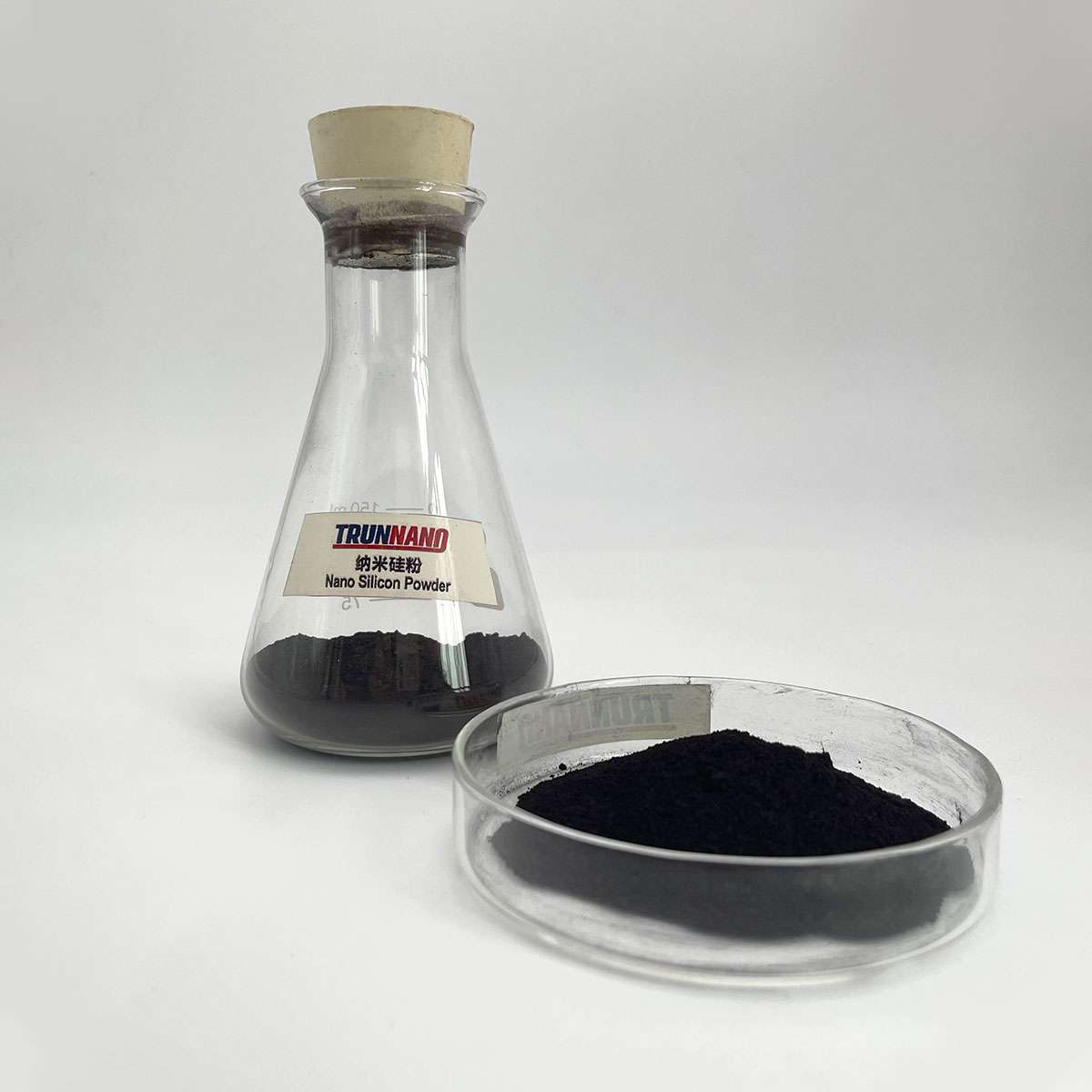
(GALLIUM TELLURIDE with fast delivery CAS 12024-14-5)
FAQ of Semiconductor Materials
Inquiry us

